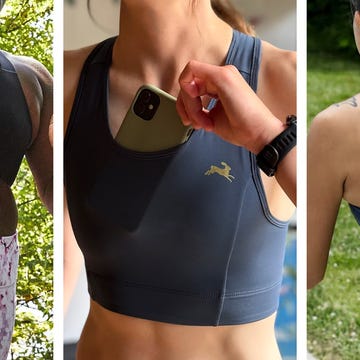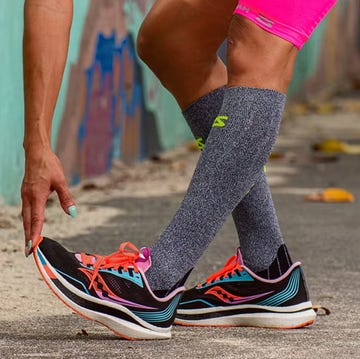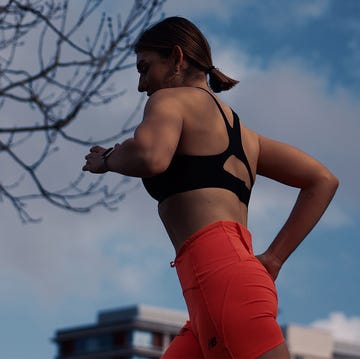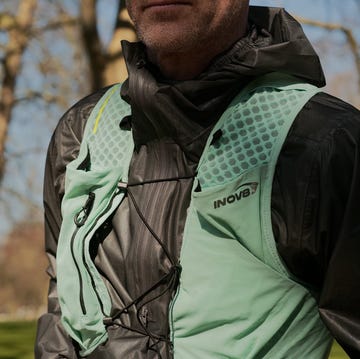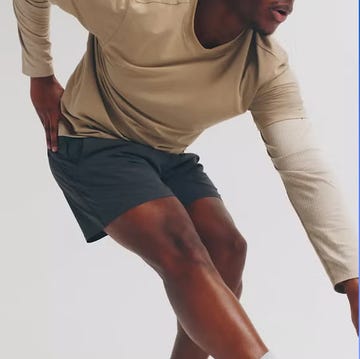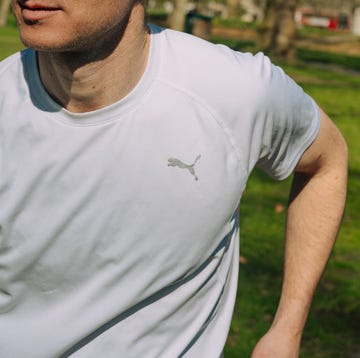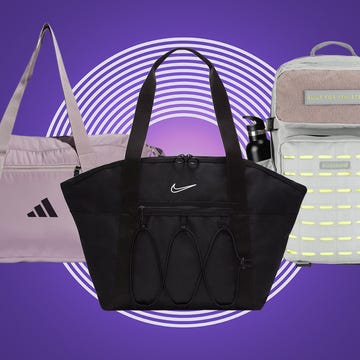We earn a commission for products purchased through some links in this article.
The 6 best trail running socks for venturing beyond the pavement
A good pair will keep you dry and comfortable; the wrong pair will turn a great run into a painful one

While most runners know to avoid standard cotton socks from high street fashion brands, a good pair of running socks has more going on than just a higher price. The best running socks provide the right balance of cushioning and support, reducing the risk of blisters and hotspots by minimising friction and moisture build-up. They do this with high-quality materials that wick sweat, have targeted venting and compression, and are reinforced at high-abrasion areas.
Trail running socks take this one step further, with multiple options for underfoot cushioning. Amid that broad swath, the best socks for trail running are whichever ones provide the right amount of cushioning for your preferences, home climate and terrain and trail shoes. They also come in a range of heights, from no-show to crew. Some runners prefer models with a taller cuff to help keep debris out of their shoes. Here are our top choices for trail running socks for this year.
For more gear recommendations, check out our picks of the best compression socks and waterproof jackets.
What to consider
Look for zoned mesh depending on the conditions
Most trail running socks include zoned mesh, which facilitates breathability through looser and thinner mesh panels that enhance airflow and ventilation in areas prone to heat and moisture build-up. This targeted design promotes efficient moisture wicking and faster drying, keeping feet cool and dry. This helps regulate foot temperature, reducing the risk of blisters, discomfort, and stink.
Runners in hot climates should prioritise socks with this design, which have active zoning that allows breathability and creates structure and support, including less material over the top of the foot with added structure for support, and thicker cushioning around the toes for both padding and abrasion-resistance.

Cuff height
Socks come in a lot of heights, from no-show to knee-height compression socks. For trail running, we recommend a quarter or full crew to keep debris out of your shoes without feeling too constricting. Within that range, we'll opt for lower socks for hot weather and taller socks for overgrown trails.
No-show
The top of this cuff sits below the ankle bone and is barely visible above the collar of a running shoe. These socks aren’t our top pick for super dirty or dusty trail runs, but they can be good for hot days where you're not worried about debris. These work best when the socks have a tab, which helps keep them from sliding down into your shoe.
Ankle
The top of the cuff sits right on the ankle bone. These socks provide a little more protection and pair well with lower trail-running gaiters, which sit right around the same height. These also work best when the socks have a tab or stretchy cuff.
Quarter
Sometimes called micro-crew, these socks have cuffs that fully cover the ankle bone. These are our top pick for trail running, as they aren’t too tall to feel hot, but they do provide enough protection for most trails from abrasion and sand or debris.
Crew
These are usually the longest socks you’ll see for trail running, unless you’re opting for a compression-style, which have its place. For crew, the top of the cuff sits at (or slightly below) the middle of the calf, and provides the most protection against dirt and debris along with scratches if you find yourself bushwhacking.
Level of cushioning
Trail running socks come in a few different levels of cushioning. Most runners prefer a moderate amount to balance comfort and protection without adding excessive bulk, providing adequate shock absorption to handle rough terrain while maintaining a responsive feel for better performance. But it can be good to have a few options to hand, depending on your outing.
No cushion
Non-cushioned socks have no additional padding in the sock fabric. These are good for shorter runs, super hot climates, or anything where you won’t be pounding. If you wear highly cushioned shoes, you might also prefer these socks.
Light cushion
The sock material is thicker underfoot with reinforced fabric, but it still leaves a pronounced feel for the inside of a shoe and can have a more agile vibe than heavier pairs.
Medium Cushion
This is our top pick for trail running. These socks have additional padding underfoot, plus reinforced toes and heels. They take up a bit more space inside of a shoe, but not enough that you have to adjust the lacing.
Max cushion
The underfoot padding is thick, plush, and immediately obvious in the shoe. Some runners prefer these for long, pounding runs or extra long days on the trail.
Material
Most trail running socks are a blend of merino and synthetic fabrics (including polyester and Lycra). Merino wool is renowned for its moisture-wicking properties, keeping feet dry and reducing the risk of blisters. It also provides excellent temperature regulation in all types of weather.
Lycra adds stretch and durability, ensuring a snug fit that prevents slipping and bunching. If the socks have a higher percentage of Lycra and synthetic, they’ll have more compression and structure. A higher percentage of merino means a softer sock with better odour-resistance.
Price
While you can find cheap multipacks of socks (which work for some runners!), most trail running socks from reputable brands fall in the same price range, and you can expect to spend between £18-24 per pair. It might seem expensive for socks, but it’s worth the investment. And while we typically include a 'best value' selection among our recommendations, it’s hard to find a cheap pair that we trust to keep us cool and blister free.
How we selected
All the socks below have been personally tested by members of the Runner's World team, old and new, and our list includes long-time favourites as well as new releases we've put through their paces.

We've tested these running socks on long runs and race days, and on a variety of different terrains, from rocky mountain paths to sandy savannahs, taking note of comfort, rubbing, durability, breathability and the sweat-factor, as well as how well they wash. The edit below reflects the products we truly recommend.

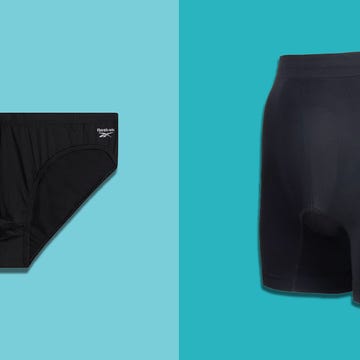
The best men’s running underwear
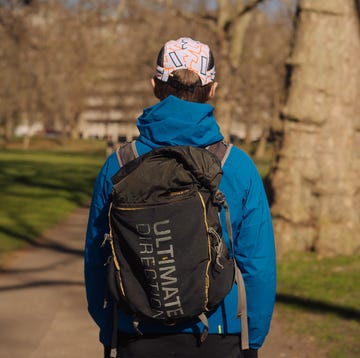
The 9 best backpacks for your next run commute

12 best men's running shorts, sweat-tested by RW

Save up to 50% on our favourite running socks






